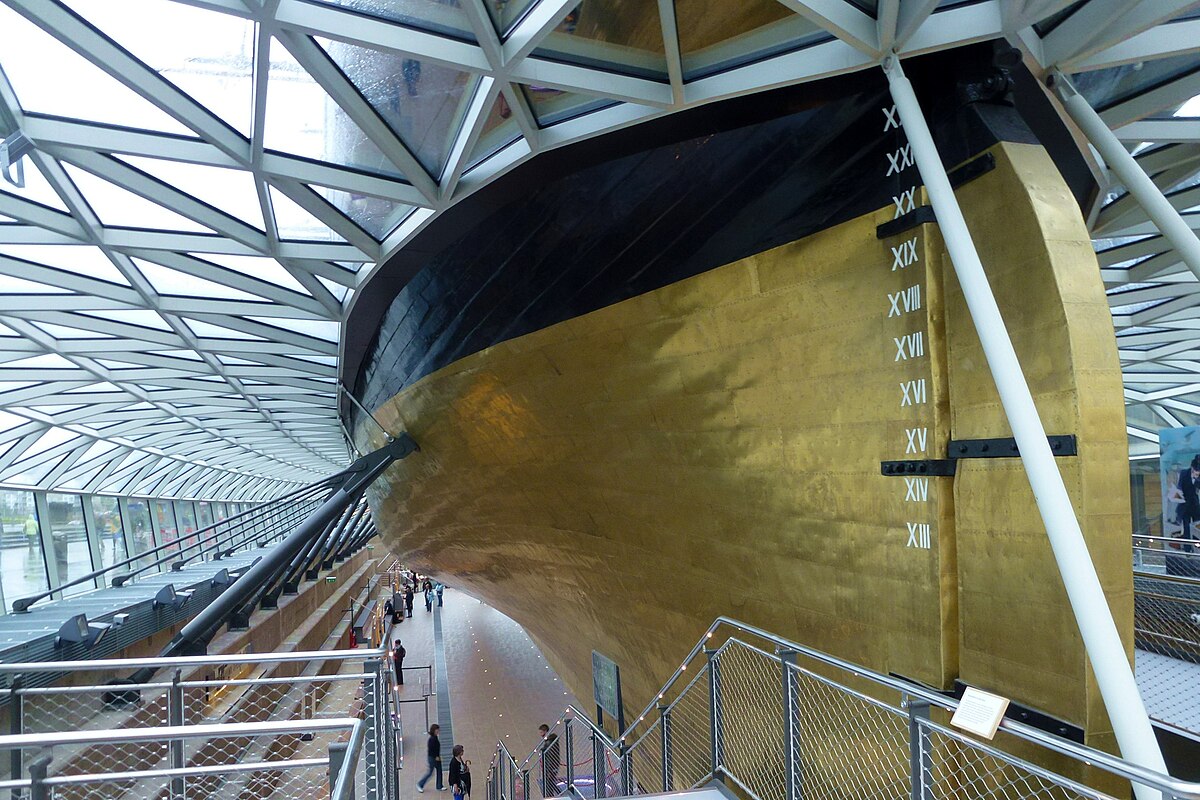- Joined
- Jan 30, 2020
- Messages
- 34
- Points
- 48

I am curious as to the correct colour for Royal Navy vessels of the 17-18th century.
Some contemporary paintings show them in dry dock with a white lower hull colour , below the waterline.
They were covered with copper plates and many models show the natural weathered copper colour. Were the plates over-painted with white paint when launched or were they natural copper?
Thanks if anyone can offer any advice and clarification on what standard practice was during this time, and what would be correct.
Some contemporary paintings show them in dry dock with a white lower hull colour , below the waterline.
They were covered with copper plates and many models show the natural weathered copper colour. Were the plates over-painted with white paint when launched or were they natural copper?
Thanks if anyone can offer any advice and clarification on what standard practice was during this time, and what would be correct.






